What could you visit in less than 24 hours in Rome? Or could you see Rome if you have only a few hours? A large number of travelers from all corners of the globe each year often ask these questions. Perhaps one has a few hours during a particularly long airport layover, or is in Italy for only a short time during a business trip.
The opportunity to see Rome and its wonders seems more enticing than ever. Will it really be possible, however, to see Rome in less than 24 hours? In some cases, it is even shorter time frames: 4 or 5 hours. During this period, you can also take advantage of one of the most useful and interesting tourist passes of the city, which grants you a considerable amount of comfort and privileges at various locations and attractions in the city. Let us discover together the opportunities that the city of Rome offers to all travelers who have less than 24 hours to explore it!
More informations on Visit Rome Pass

What to see in 24 hours in Rome
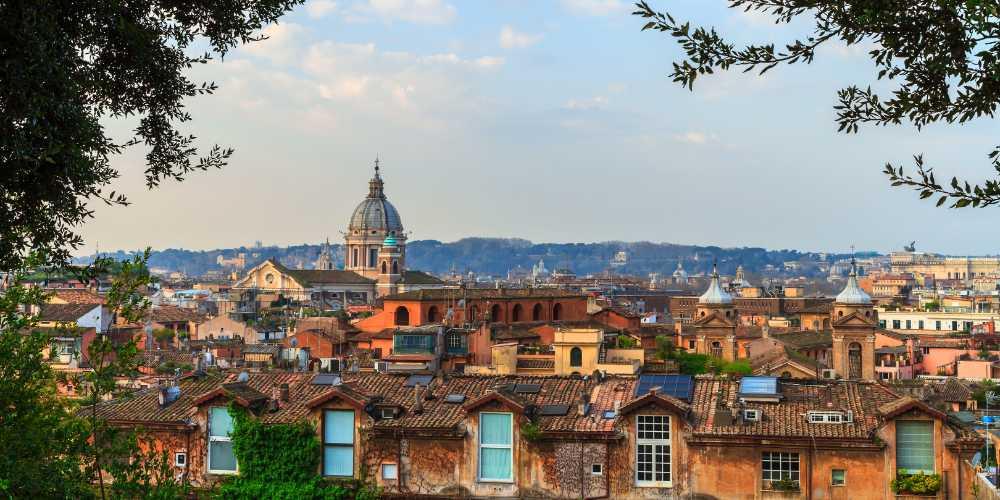
Rome presents such a wealth of things to see that it seems a titanic feat to be able to sum them up in a very short time.
Yet, in some cases, circumstances do not allow more than a few hours and it is really worth taking advantage of it!
Even if you only have a few hours at your disposal, Rome offers so many things to see that will leave you amazed. Monuments, attractions, squares and fountains: the city is a microcosm of beauty and history.
Discover with us the unmissable things in a few hours' itinerary in Rome: we are completely sure you will look forward to coming back!
9 AM: 24 hours in Rome? Tour starts from here!
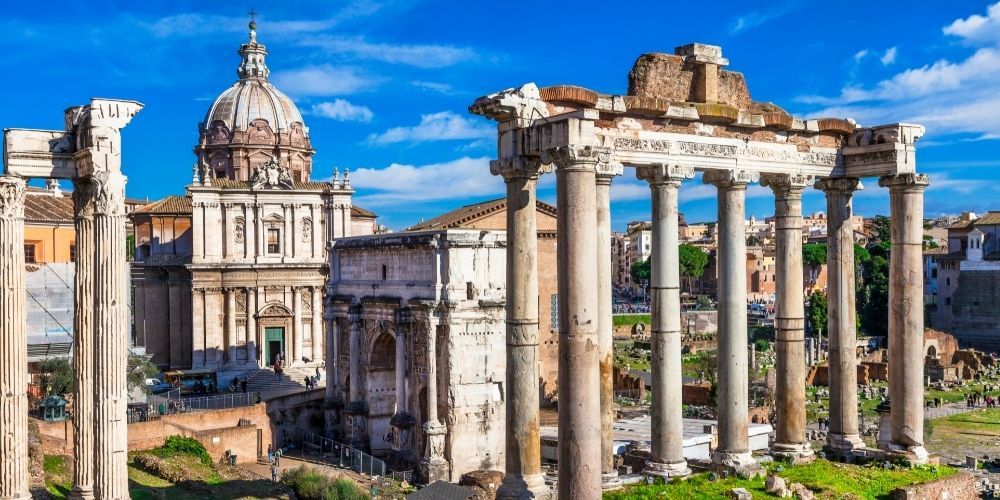
The Imperial fora
The first stop is the Imperial Fora. Once they are the epicentre of the political and social life of the ancient city. A series of five monumental squares were built between 46 BC. and 113 A.D. by Julius Caesar and later by the emperors Augustus, Vespasian, Nerva and Traiano.
Visiting these places allows you to take a real journey through time. The state of conservation of the archaeological remains of this area allows you to easily imagine how it was like this city center two millennia ago.
10:00 AM: continue your visit with the true symbol of the city
.jpg)
The Colosseum
The Colosseum needs no introduction. It is one of the wonders of the world and one of the most famous and visited attractions ever.
Whether you spend a week or just a few hours in Rome, you definitely should see it. It is one of the most evident symbols of the historical greatness of Rome. Known as the Flavian Amphitheater, it was the scene of bloody shows and battles during the imperial period of Rome..
It is also the largest theater of antiquity. It owes its name to its size, but some believe it is since there was a huge bronze statue of Nero nearby. The building is almost 50 meters high, covered in travertine, and is divided into 4 orders.
In 1990 it became one of the UNESCO World Heritage Sites and in 2007 it became one of the new wonders of the world.
11 AM: head to one of the most famous squares of the city
.jpg)
The Altar of the Fatherland
A stone's throw from what you have see in the first part of your day, there is Piazza Venezia.
The square is located between Via del Corso and Via dei Fori Imperiali. It owes its name to a palace donated by the city to the Republic of Venice. Its current shape is due to the construction of the work by Giuseppe Sacconi, known as the Altare Della Patria, completed in 1911.
The work is a monumental architecture that, through stairways, terraces and bas-reliefs, rises from the ground up to a portico, surmounted by bronze quadrigas.
Since 1921, the altar of the homeland has housed the body of the unknown soldier. Between 1929 and 1943, the square and the homonymous Palazzo Venezia were the home of the Italian government.
12 PM: turn your gaze to a great ancient Roman column
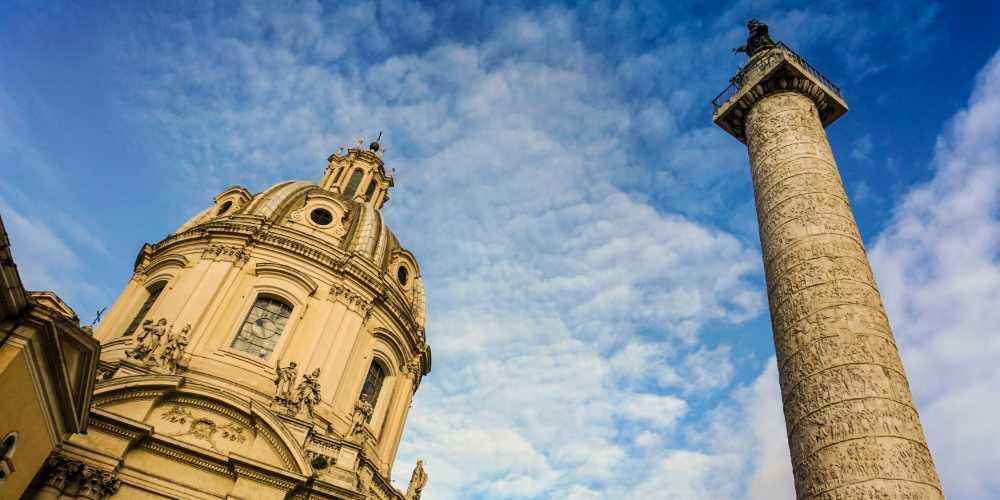
Trajan's Forum and Trajan's Column
If from Piazza Venezia you let your gaze linger toward the Forums, you will find the famous Trajan Column towering.
The column is unique in its kind, as it is the first coclide column, that is, with spiral decorations.
The column was designed by Apollodorus of Damascus and reaches almost 40 meters in height in its 17 drums with a diameter of about 4 meters that make up a story of about 200 meters.
The column also served as the emperor's mausoleum.
1 PM: discover another square and its monumental fountain

The Trevi fountain
Your tour should continue to the historical center of the city.
The Trevi Fountain is a true casket of water and stone. It is the terminal of the Vergine aqueduct and one of the ancient Roman aqueducts that is currently still in use since ancient times.
It owes its name because in this place both three streets and three streams of water converge. The current Trevi fountain is the result of a competition launched by Pope Clement XII in 1732 and won by the architect Nicola Salvi. At the centre of the fountain dominates the statue of Oceano driving the shell-shaped chariot. The façade is a sort of triumphal arch that evokes the legend and history of the fountain itself.
If you want to see Rome again (perhaps for more than a few hours), custom dictates that you toss a coin into the fountain. If you are looking for love, however, you will have to toss a second and a third coin.
2 PM: it's time to head to the Living Room of Rome
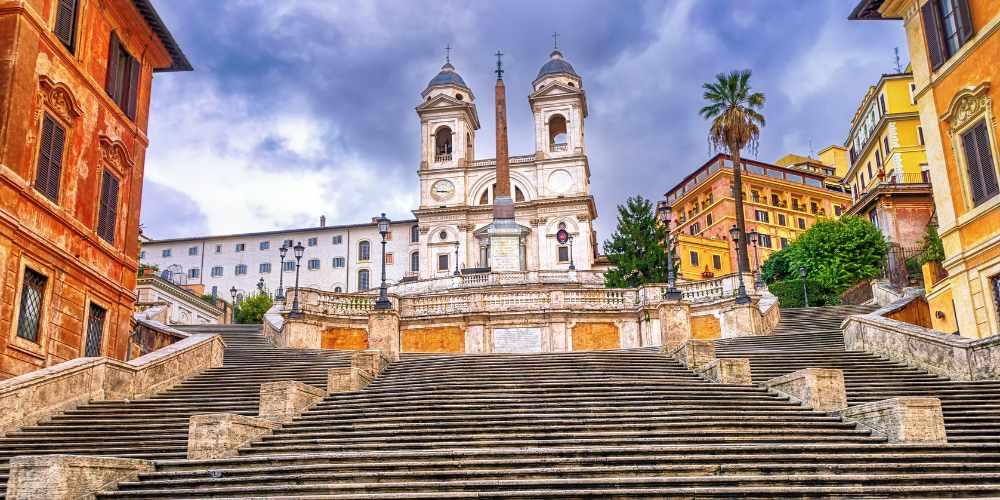
Spanish steps
The early afternoon takes you to visit the "living room of Rome". Piazza di Spagna with its Spanish Steps is one of the major meeting places of the Romans.
The Spanish Steps was built at the beginning of the eighteenth century by the architect Francesco De Santis and joins Piazza di Spagna and the slopes of the Pincio hill at the top where the church of the Holy Trinity stands out.
The church was built at the end of the fifteenth century and ideally overlooks the staircase and the fountain of the "Barcaccia", by Pietro Bernini, father of the more famous Gian Lorenzo.
3 PM: even if you only have a few hours in Rome, don't miss one of its longest-lasting symbols
.jpg)
Pantheon
Leaving the "Roman living room" behind you, a few steps from the Tiber, you will find one of the best-preserved monumental works of ancient architecture: the Pantheon. The greatest architects in history have passed by Rome to study its geometry and its proportions.
The first layout of the building dates back to the first century BC, built by Marco V. Agrippa, a collaborator of Augustus, but its current form with the arcaded square dates back to the second century AD with the emperor Hadrian.
The Pantheon (the temple of all the gods) has a cylindrical body, preceded by a portico that supports a triangular tympanum. The building is covered by a large hemispherical dome with an oculus in the center. It illuminates the entire room.
After the unification of Italy, it assumed the function of shrine to the kings of Italy, with the remains of Vittorio Emanuele II, Umberto I and Margherita di Savoia, in addition to those of Raffaello Sanzio already present.
4 PM: spend a few time in one of the most scenic squares
.jpg)
Piazza Navona
The afternoon is about to end in Piazza Navona, one of the most beautiful expressions of Baroque.
The square was born from the remains of the stadium of Domitian (it's still visible in the subsoil of the city). The square takes the form of the ancient stadium and, for a certain period, also the function.
In the center of the square, there are three large fountains. The fountain of the Four Rivers in the center is designed by Gian Lorenzo Bernini. On the sides of the square, there are some of the most important Baroque buildings of Rome, such as Palazzo Pamphilj and the church of Sant'Agnese in Agone, completed and modified by Borromini.
5 PM: if you have time, head to the Tiber and see one of the most mighty buildings of Rome
.jpg)
Castel Sant'Angelo
After crossing the Tiber, across the Vittorio Emanuele II Bridge, on the right you will find Castel Sant’Angelo, also known as Hadrian's Mausoleum.
It was built in the second century by the emperor Hadrian, who wanted a funerary monument for himself and his family like Augustus.
The mausoleum is made up of a cubic marble base onto which a circular drum is grafted. A corridor at the base leads to the sepulchral chamber which housed the ashes of the emperors Hadrian, Antoninus Pius, Commodus, Marcus Aurelius, Septimius Severus, Geta and Caracalla.
It lost its function as a mausoleum when it was included in the Aurelian walls in the 6th century, assuming the current name. Later it was further fortified becoming a safe residence for the popes during war.
6 PM: your 24 hours in Rome should end up in its most iconic place

St. Peter's Square
The tour ends in the heart of world Christianity: St. Peter's Square. It owes its shape to the characteristic colonnade built by Gian Lorenzo Bernini. The colonnade is made up of 284 columns arranged in 4 rows.
The columns are designed according to a series of optical illusions that seem to make the colonnade breathe with the columns appearing and disappearing, approaching and distancing. There are also marble discs that show you the real center of the square and where you can look at the colonnade to witness these optical effects.
The entire square is wrapped in the colonnade and ideally closed by the majestic St. Peter's Basilica, which was built in about 200 years and on which stands the sixteenth-century dome designed by Michelangelo and completed by Giacomo Della Porta and Domenico Fontana.
The interior of the Basilica and the Vatican Museums houses some of the most famous works in the history of humanity from Bernini to Michelangelo, passing through Giotto, Caravaggio and Borromini, as well as the remains of St. Peter.
Our tips about the main sights to see in one day in Rome
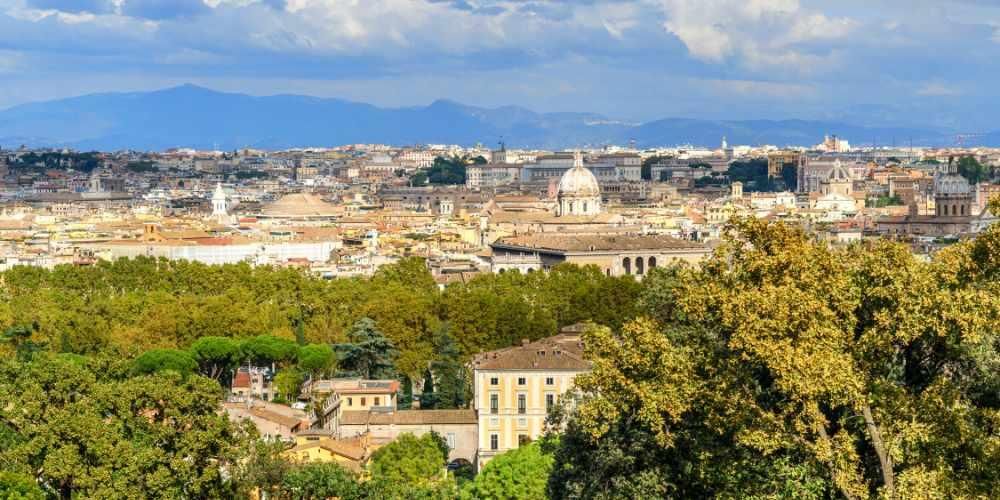
The Gianicolo viewpoint
In this article we have listed some of the things you should see if you are in Rome for a few, very few hours.
If you missed any of the previous stops or if you can still spare a little time, we suggest you go up to the Gianicolo viewpoint and enjoy a beautiful sunset over the magnificence of the Eternal City. What better way to end your short visit to the city?
Anyway, we have listed here our tips on the best to visit in 24 hours in Rome:
- Choose in advance the route you want to take. If you want to visit a particular monument, check out our articles and see if it requires advance booking!
- Consider buying a pass that allows you to move around on city public transportation unlimitedly, without having to think about making countless purchases during the day (since you're short on time!).
- Consider getting around by panoramic bus. You can indeed see Rome's main attractions in great peace of mind in less than 24 hours! Not to mention that an audio guide will help you flesh out everything you see.
Rome can really give you the best of it even if you only see it for a few hours.
Of course, it won't be a goodbye forever, but just a goodbye until the next time!
About the author
Written on 21/03/2024

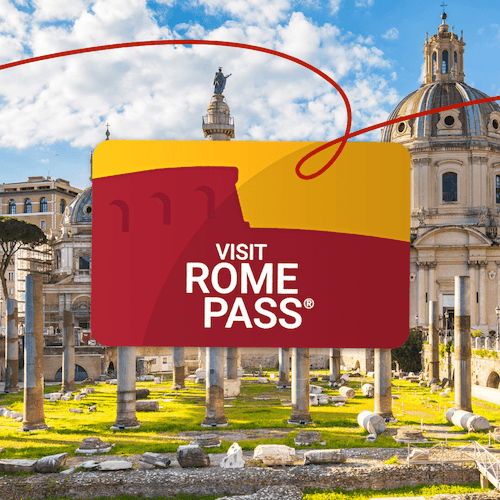


Mario Galterisi
How should you visit this great city if you don't have much time? Here's a complete list of things you should see in less than 24 hours in Rome!